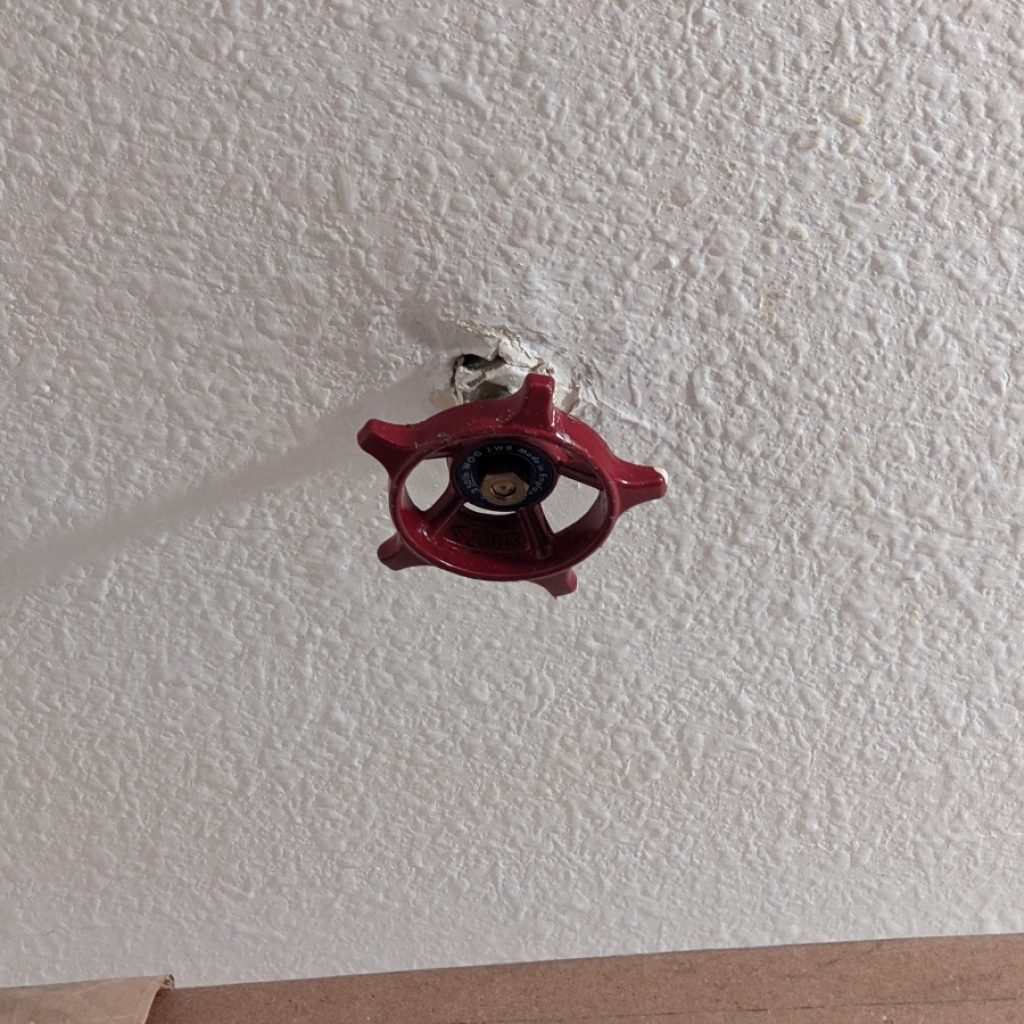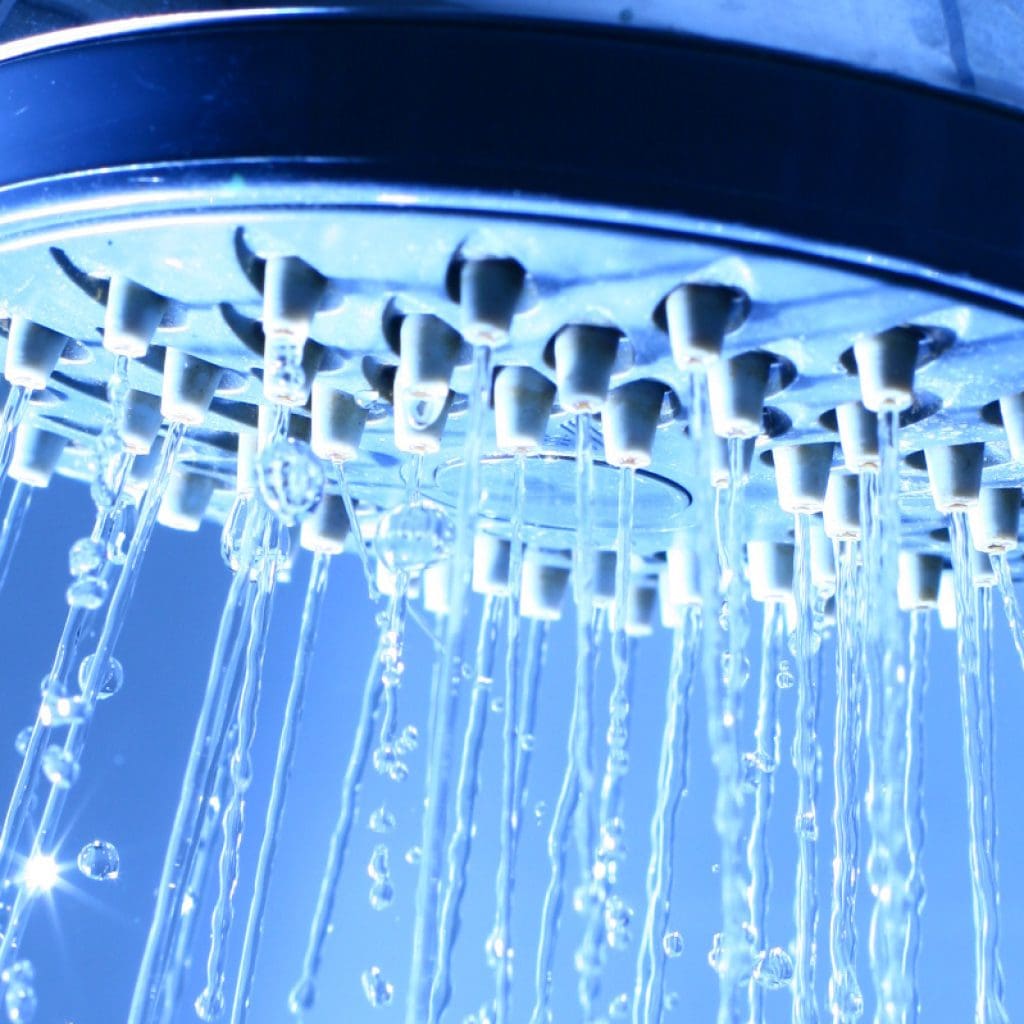If you’ve turned on the tap expecting a strong stream of water and instead been met with a weak trickle, you’re not alone. Low water pressure is a common issue for homeowners—and it can quickly go from an annoyance to a sign of something more serious. So what are the reasons for low water pressure in your home?
Whether you’re struggling to rinse shampoo from your hair or listening to your dishwasher crawl through its cycle, low water pressure disrupts daily routines. But what causes it? And more importantly, how can you fix it—for good?
At Meticulous Plumbing, we believe in solving problems permanently. That means identifying the true source of the pressure problem and delivering a lasting solution. Here’s what you need to know if the water pressure in your home just isn’t measuring up.
What Is Water Pressure—and What’s Considered Normal?
Water pressure is the force that moves water through your home’s plumbing system, measured in pounds per square inch (PSI). In most homes, the ideal water pressure falls between 40 and 60 PSI. If you’re dipping below 40, everyday tasks like showering or running a washing machine can feel inefficient and frustrating. If it’s too high—above 80 PSI—you risk long-term damage to pipes, fixtures, and appliances.
So how do you know where you stand? You can purchase a simple pressure gauge and attach it to an outdoor hose spigot to get a general reading. If the number looks off, it’s time to dig deeper.
Start Here: Is the Problem in One Fixture or the Whole House?
 Before jumping to worst-case scenarios, it helps to isolate the issue. Try turning on multiple faucets or fixtures around your home—bathroom sinks, kitchen taps, hose spigots, and showers. If only one location has low pressure, the culprit could be something simple like a clogged aerator or a localized valve issue. That’s often a quick fix.
Before jumping to worst-case scenarios, it helps to isolate the issue. Try turning on multiple faucets or fixtures around your home—bathroom sinks, kitchen taps, hose spigots, and showers. If only one location has low pressure, the culprit could be something simple like a clogged aerator or a localized valve issue. That’s often a quick fix.
However, if you notice weak water flow across your entire home, it’s a different story. That suggests a problem with your main water supply, internal plumbing, or even the municipal water source.
In those cases, you’ll want to move through a more detailed troubleshooting process—or contact a professional plumber to perform a full system inspection.
Common Reasons for Low Water Pressure in the Whole House
If you’ve ruled out isolated fixtures and suspect a home-wide issue, there are several potential culprits behind low water pressure. Some causes are easy to fix with a simple valve adjustment, while others may require a licensed plumber to inspect and resolve the problem.
Here are the most common reasons pressure drops throughout the entire home:
- Water meter valve not fully open
- Main shutoff valve partially closed
- Corroded or outdated galvanized steel pipes
- Pressure regulator (PRV) failure
- Hidden leaks in the plumbing system
- Issues with your water supplier or municipal supply
- Mineral buildup or internal pipe blockages
- Shared supply lines or peak demand usage
Let’s take a closer look at each of these issues and how they affect water pressure in your home.
The Water Meter Valve Isn’t Fully Open
One of the most overlooked sources of low water pressure is a partially closed water meter valve. This valve is typically located at the edge of your property, often near the curb, and it’s usually controlled by your water company. If any recent plumbing work required the meter to be shut off—say, a repair or installation—it’s possible it wasn’t fully reopened afterward. Even a slight restriction here can lead to noticeable drops in water pressure throughout your home.
Checking or adjusting the water meter valve on your own can be tricky and, in some cases, illegal. If you suspect this could be the issue, call your water supplier or your plumber.
The Main Shutoff Valve Is Partially Closed
 Separate from the meter valve is your main shutoff valve, which is usually found inside your home where the water line enters—often in a basement, crawl space, or utility room. If this valve isn’t fully open, it will limit how much water flows through your system, reducing pressure in all your fixtures. Sometimes, during a renovation or repair, this valve may not be turned all the way back on.
Separate from the meter valve is your main shutoff valve, which is usually found inside your home where the water line enters—often in a basement, crawl space, or utility room. If this valve isn’t fully open, it will limit how much water flows through your system, reducing pressure in all your fixtures. Sometimes, during a renovation or repair, this valve may not be turned all the way back on.
Before adjusting it yourself, remember that older valves can be fragile. Forcing them open can lead to leaks or breakage, so if you’re unsure, it’s safer to call a licensed plumber.
You Have Corroded or Outdated Pipes (Especially Galvanized Steel)
If your home was built before the 1960s, there’s a good chance it still has galvanized steel pipes. While durable, these pipes corrode over time—especially after 20 years or more. As corrosion builds up on the inside walls of the pipe, the interior diameter shrinks, making it harder for water to flow freely. This can cause a noticeable and progressive drop in water pressure across your entire home.
Unfortunately, this isn’t something a quick fix will solve. The best approach is to replace old galvanized steel plumbing with modern materials like copper or PEX. At Meticulous Plumbing, we assess your entire piping system and offer repiping solutions that eliminate pressure problems for good—while giving your home a longer, healthier plumbing lifespan.
Your Pressure Regulator (PRV) Is Malfunctioning
Many homes in the Portland area have a pressure-reducing valve, or PRV, which is installed to control the amount of water pressure entering your home. These devices are usually preset to around 50 PSI. If your PRV starts to fail, it can allow pressure to drop below optimal levels—or swing to the high end, causing stress on your pipes and fixtures.
Symptoms of a faulty pressure regulator include water that suddenly goes from strong to weak, or noticeable changes in water flow between fixtures. This isn’t something most homeowners can troubleshoot on their own. If you suspect an issue with your PRV, it’s best to contact a plumber who can test, adjust, or replace it.
You Have a Leak Somewhere in the System
Even small, hidden leaks can reduce the overall water pressure in your home. That’s because leaking water reduces the available flow, making less pressure available to your fixtures. Depending on the size and location of the leak, you might not notice pooling or water damage right away. One simple test is to shut off all water inside your home and then check your water meter. If it’s still spinning, there’s a leak somewhere.
Fixing leaks quickly is essential—not just to restore water pressure, but to prevent structural damage, mold growth, and sky-high water bills. Our team offers expert leak detection to identify problems behind walls, under floors, or below concrete slabs.
The Problem Might Be With Your Water Supplier
Sometimes, the issue has nothing to do with your home at all. Construction work, hydrant testing, broken mains, or routine maintenance by your water company can temporarily reduce water pressure in your area. If the problem started suddenly and your neighbors are experiencing the same issue, your water supplier may already be working on it.
You can call your local utility or check their website for alerts. If the problem persists after things return to normal in your neighborhood, it may be time to take a closer look at your home’s plumbing.
Mineral Buildup and Pipe Blockages
Over time, mineral deposits—especially in homes with hard water—can accumulate inside your pipes. Unlike corrosion, which eats away at metal pipes, mineral buildup is a gradual narrowing of the pipe’s diameter caused by calcium and magnesium. This process doesn’t usually cause an abrupt drop in pressure, but it does slowly make water flow weaker over the years.
If you’ve lived in your home for a long time and have noticed the pressure declining year after year, this could be the culprit. A whole-home inspection can help determine where buildup exists and what sections of pipe may need to be cleaned or replaced.
Shared Supply Lines or Peak Usage Times
In some homes, especially duplexes or older multi-unit properties, shared water lines are still common. That means your water pressure could dip when your neighbors are doing laundry, showering, or watering their lawn. Even in single-family homes, high usage during peak hours—like early mornings and evenings—can cause brief drops in pressure.
This isn’t always an easy problem to fix, but there are long-term solutions available, such as installing a pressure-boosting system or rerouting your water supply to reduce strain during high-demand periods.
When to Call a Plumber
 Some pressure issues can be solved with a simple adjustment or cleaning, but many require professional attention. If you’ve already checked your valves and still can’t identify the problem, it’s time to contact a plumber. And if your home has galvanized steel pipes, frequent leaks, or aging plumbing infrastructure, don’t wait for things to get worse.
Some pressure issues can be solved with a simple adjustment or cleaning, but many require professional attention. If you’ve already checked your valves and still can’t identify the problem, it’s time to contact a plumber. And if your home has galvanized steel pipes, frequent leaks, or aging plumbing infrastructure, don’t wait for things to get worse.
At Meticulous Plumbing, we do more than just fix the issue—we assess your entire system to make sure your plumbing is working safely, efficiently, and sustainably. Our team wears clean uniforms, uses shoe covers in your home, and leaves every job site spotless. We believe in clear communication, upfront pricing, and recycling any materials we remove from your system. Most importantly, we treat your home with the same respect we’d expect for our own.
Reasons for Low Water Pressure in Your Home FAQ
Why is my water pressure only low in one bathroom?
If the pressure issue is isolated to a single bathroom, it’s likely due to a clogged faucet aerator, a blocked showerhead, or a localized valve that isn’t fully open. These are usually simple fixes that don’t affect the whole system.
Can high water demand in my neighborhood affect my pressure?
Yes. If you live in an area with shared supply lines or a high concentration of homes, peak usage times—like mornings or evenings—can reduce your water pressure temporarily.
How do I know if my pressure regulator is failing?
Look for signs like sudden changes in water pressure, strange noises in the pipes, or inconsistent flow from fixtures. A licensed plumber can test and replace your pressure regulator if needed.
Are galvanized steel pipes safe to use?
While galvanized steel was once standard, it tends to corrode and clog over time. If your home still has these pipes, especially if they’re more than 20 years old, you should consider a plumbing upgrade.
What’s the average cost to fix low water pressure in a house?
The cost depends on the cause—cleaning a faucet aerator might cost nothing, while replacing a PRV or repiping old plumbing is more involved. The best way to get an accurate estimate is with a whole-house plumbing inspection.
Ready for Reliable Water Pressure?
If low water pressure is making your day harder, don’t settle for temporary fixes. Meticulous Plumbing provides permanent solutions, clear answers, and a clean work experience from start to finish. Whether it’s a simple repair or a whole-home upgrade, we’re here to help your plumbing system perform at its best.
Call Meticulous Plumbing today to schedule your inspection—or book online to get started with Portland’s trusted, respectful, and reliable plumbing team.


